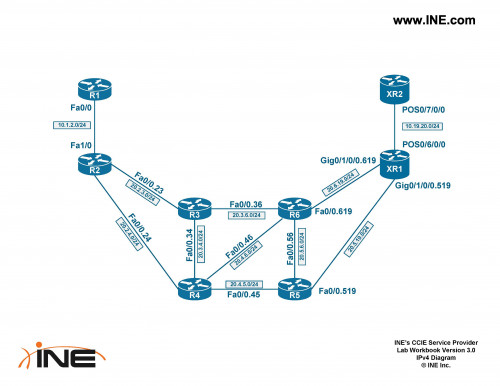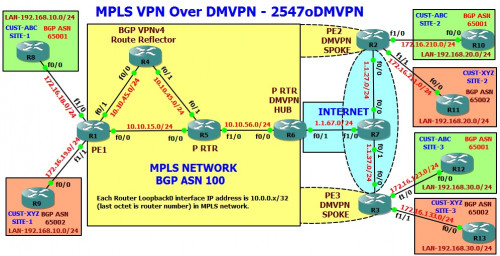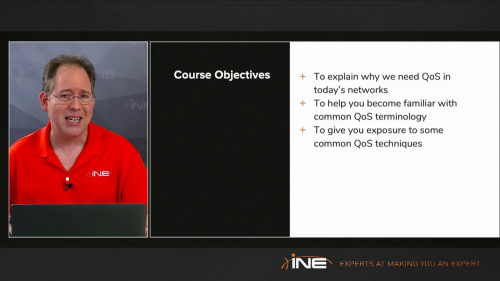
INE – Traffic Analysis with Netflow
English | Size: 1GB
Category: Tutorial
Monitor, trace, and analyze network traffic data all at once
Identifying the root cause of a slow network depends on monitoring both network device performance and network traffic. SolarWinds Bandwidth Analyzer Pack (BAP) is a network traffic monitor combining the best-in-class features of Network Performance Monitor (NPM) and NetFlow Traffic Analyzer (NTA).



